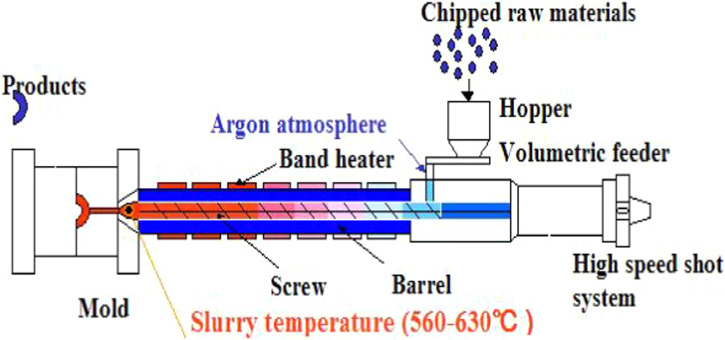Introduction
Aluminum is a versatile and widely used material in various industries due to its lightweight, corrosion resistance, and high strength-to-weight ratio. However, machining aluminum can be challenging due to its unique properties. This article aims to explore precision techniques for optimal results in aluminum machining.
1. Selecting the Right Cutting Tools
Choosing the appropriate cutting tools is crucial for successful aluminum machining. High-speed steel (HSS) and carbide tools are commonly used for aluminum machining due to their excellent heat resistance. Carbide tools, specifically, are known for their high wear resistance, making them ideal for aluminum.
2. Minimizing Heat Generation
Heat generation during machining can negatively impact the cutting tool and the workpiece. To minimize heat, it is recommended to use high-speed machining techniques. High spindle speeds and feed rates can reduce the contact time between the cutting tool and aluminum, thus lowering the chances of heat buildup.
3. Proper Tool Geometry
The tool geometry plays a vital role in achieving optimal results in aluminum machining. The cutting edge should have a positive rake angle and a sharp cutting edge. A positive rake angle improves chip flow and reduces cutting forces, while a sharp cutting edge ensures clean and precise cuts.
4. Lubrication and Cooling
Using appropriate lubricants and coolants is essential in aluminum machining. Lubrication helps reduce friction and heat generation, while coolants aid in dissipating heat from the cutting zone. Flood cooling is commonly used in aluminum machining to maintain a stable cutting temperature.
5. Chip Control
Aluminum tends to produce long, continuous chips that can interfere with the machining process. Proper chip control techniques should be employed to prevent chip clogging and tool breakage. One effective method is using chip breakers or chip evacuation systems to promote chip segmentation and easy removal.
6. Rigidity and Stability
Ensuring rigidity and stability during aluminum machining is crucial for achieving optimal results. The machine tool, workholding devices, and fixturing should be robust enough to minimize vibrations. Vibrations can lead to poor surface finish and dimensional inaccuracies.
7. Cutting Parameters
Determining the appropriate cutting parameters is essential for achieving optimal results. Factors such as cutting speed, feed rate, and depth of cut should be carefully considered. Higher cutting speeds and feed rates are generally recommended for aluminum machining to achieve better chip control and surface finish.
8. Post-Machining Considerations
After machining, it is essential to properly clean the workpiece to remove any cutting fluids, chips, or contaminants. Additionally, deburring or edge smoothing may be required to achieve the desired surface finish.
Conclusion
Aluminum machining requires precision techniques to achieve optimal results. Selecting the right cutting tools, minimizing heat generation, using proper tool geometry, lubrication, and cooling, chip control, ensuring rigidity and stability, determining cutting parameters, and considering post-machining considerations are key factors to consider. By implementing these techniques, manufacturers can enhance productivity, improve surface finish, and achieve dimensional accuracy in aluminum machining operations.
-

- Custom-made metal parts macbook middle board produced
-

- Odlitky ze slitiny hořčíku a hliníku Kryt řetězu pro automobilový průmysl
-

- Tixomolding hořčíkové díly a komponenty střední deska mobilního telefonu
-

- Magnesium alloy die-casting Auto parts headlight frame
-

- Integrované 3paprskové kolo pro MTB s CNC obráběním a povrchovou úpravou
-

- OEM služby tlakového lití kovových součástí středního macbooku

 0086-750-5616188
0086-750-5616188 +86 13392089688
+86 13392089688 sales@zhongmei-tech.com
sales@zhongmei-tech.com








